7 ways to repel aphids and keep them out of your yard
Here’s how to repel aphids and keep them at bay
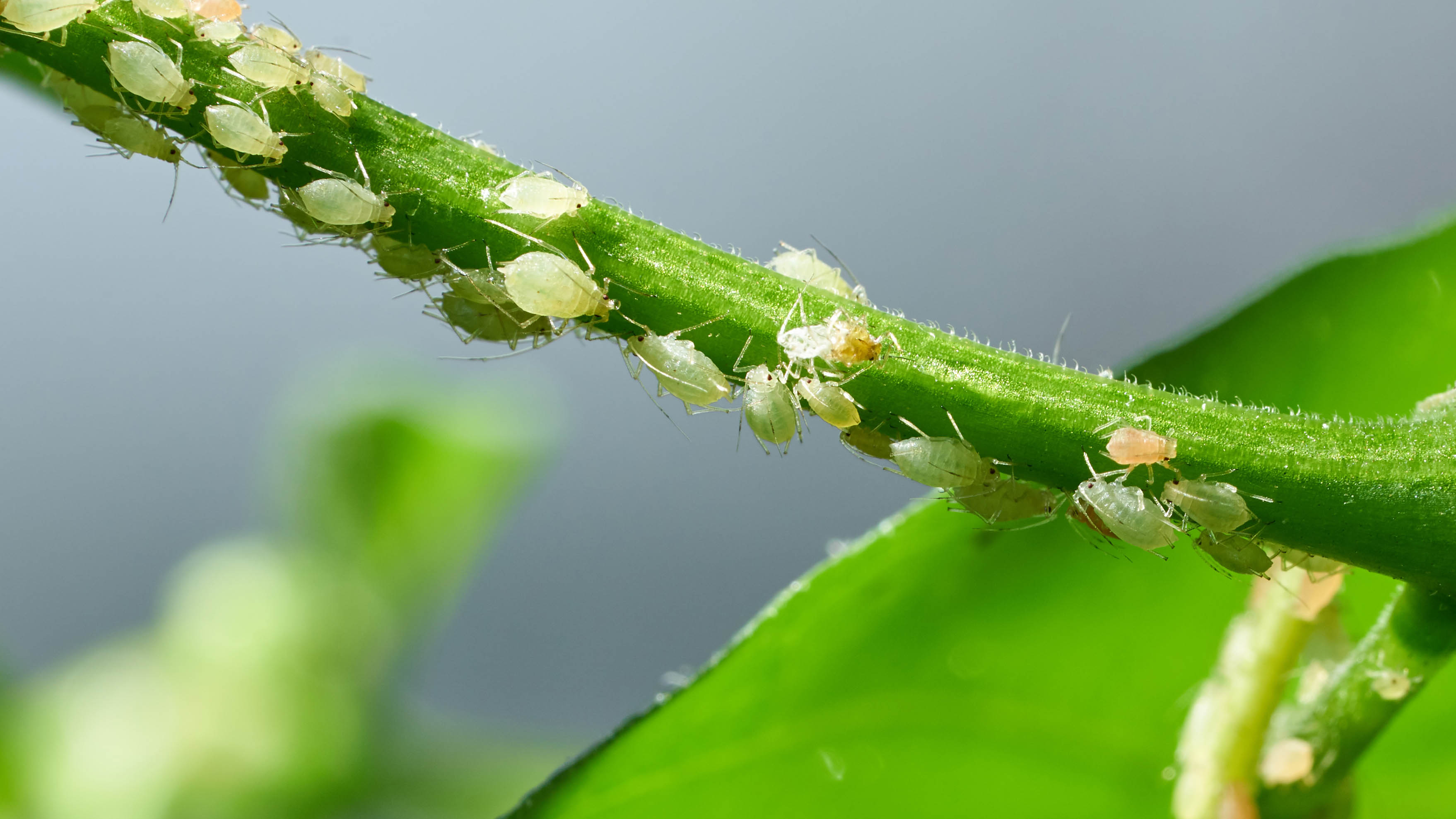
If you spot clusters of little green insects on your plants, you’ll probably be wanting to know how to repel aphids in your yard. This is especially the case if you notice your lush plants yellowing, wilting or not thriving the way they should be.
Similar to knowing how to get rid of crabgrass, or how to get rid of dandelions without ruining your lawn, aphids can cause significant damage to your plants and homegrown crops if not dealt with.
Firstly, what exactly are aphids? They're tiny, soft-bodied insects that suck the sap from the leaves of your plants. Typically, they range in color from green and yellow to brown and black, and can either have wings or are wingless. What’s more, aphids secrete a sugary substance called honeydew that attracts ants, and can also encourage mold growth — leading to stunted plant growth.
Luckily there are effective ways to get rid of these bugs and protect your plants all year round. Ranging from homemade solutions to natural predators, here are 7 ways to repel aphids in your yard.
Plus, here are 7 ways to repel Japanese beetles and keep them out of your yard.
1. Manually remove aphids

First, get rid of any visible aphids that you see on plants. Wearing one of the best gardening gloves, pluck them off leaves or stems, and drop them in a bucket of soapy water (this will kill them instantly).
If you don’t want to remove aphids by hand, you can either use a soft brush to dislodge them, or blast them away with a forceful stream of water. You’ll often find aphids clustered on the underside of leaves, so remember to direct the stream toward that area. It’s advisable to do this twice a day to wash away any large infestations.
Sign up to get the BEST of Tom's Guide direct to your inbox.
Get instant access to breaking news, the hottest reviews, great deals and helpful tips.
2. Prune infested sections of plant
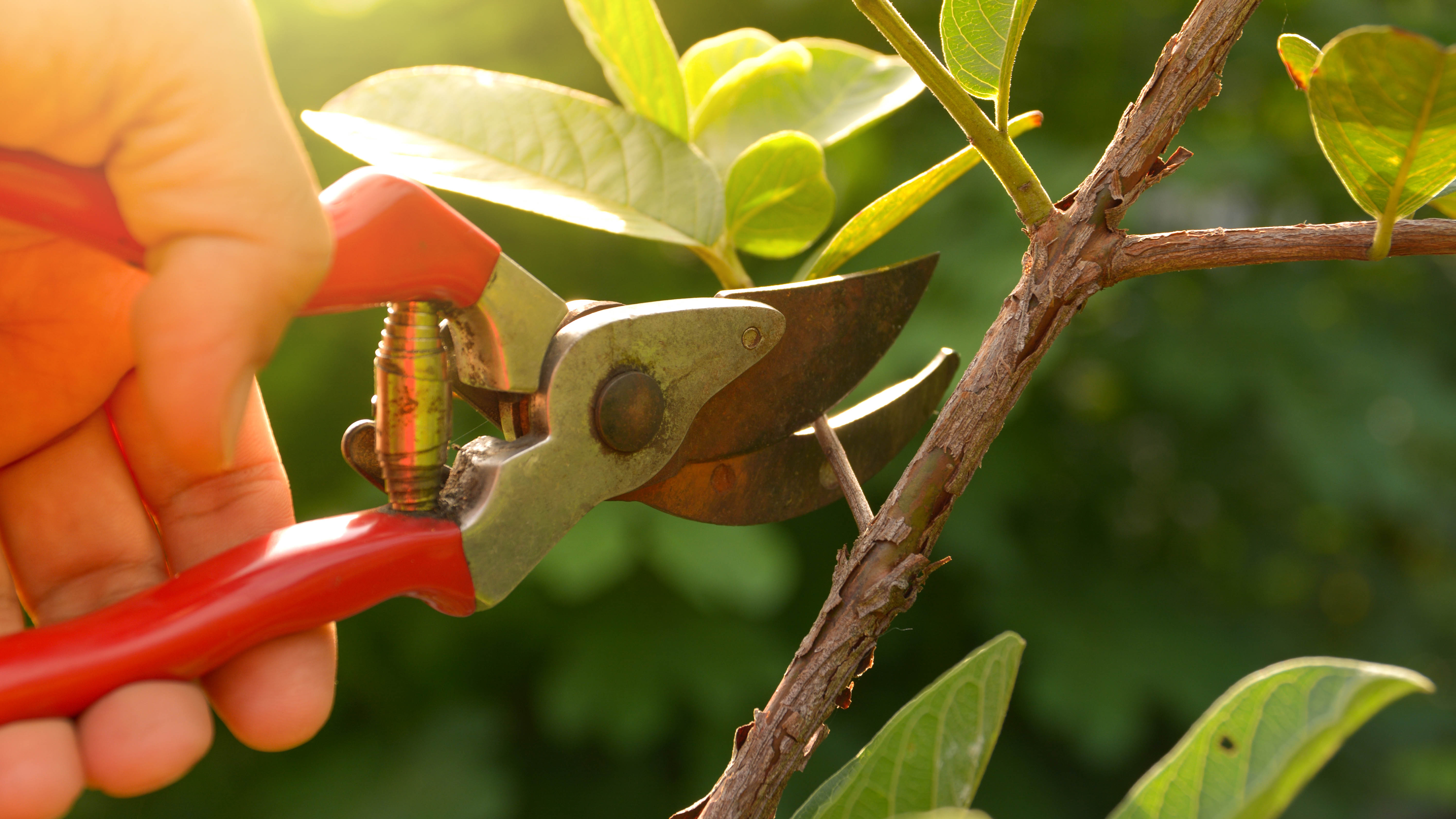
If you’re dealing with an aphid infestation, it’s best to trim these sections of the plant with one of the best pruning shears. Depending on how heavy the infestation is, you might need to cut off stems, leaves or even branches with aphids, and dispose of them. You’ll want to do this immediately to prevent larger infestations, and further damage.
After you’ve pruned all infected areas, it’s recommended to hose the plant down with water or a homemade solution/repellent of your choice.
Before you start pruning however, check out these 5 easy tips for cleaning pruning shears.
3. Make a soapy water spray
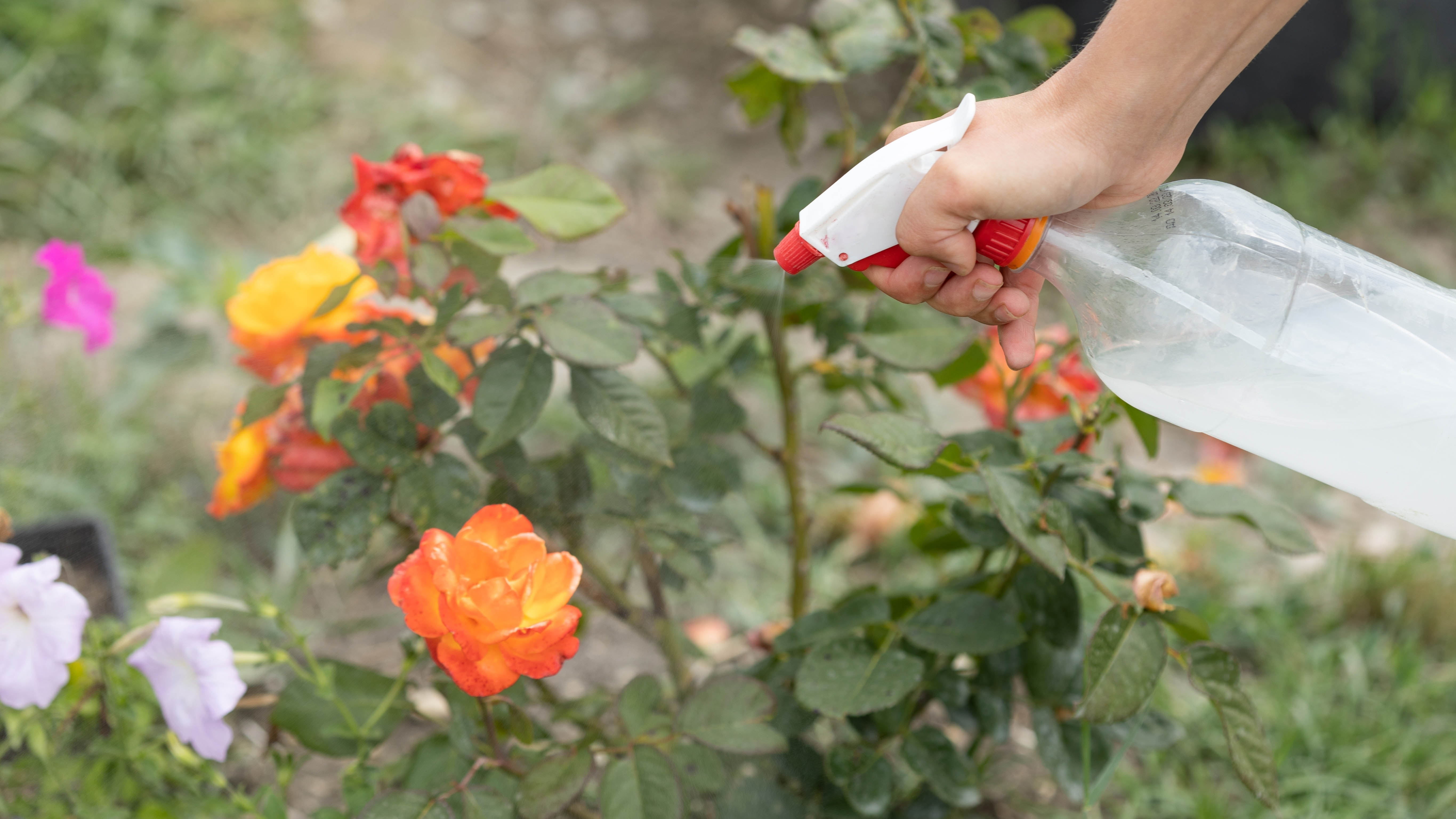
Mix up a quick homemade repellent solution from dish soap and water. Simply mix about five tablespoons of mild dish soap to four cups of warm water in a clean spray bottle. Shake the bottle well before spraying the solution directly onto plants/leaves that show signs of aphid activity.
Once covered with the soap solution, this will cause the aphids to dehydrate and eventually die, without damaging the plant. Spray this solution once a week to completely get rid of aphids.
4. Mix up a neem oil solution
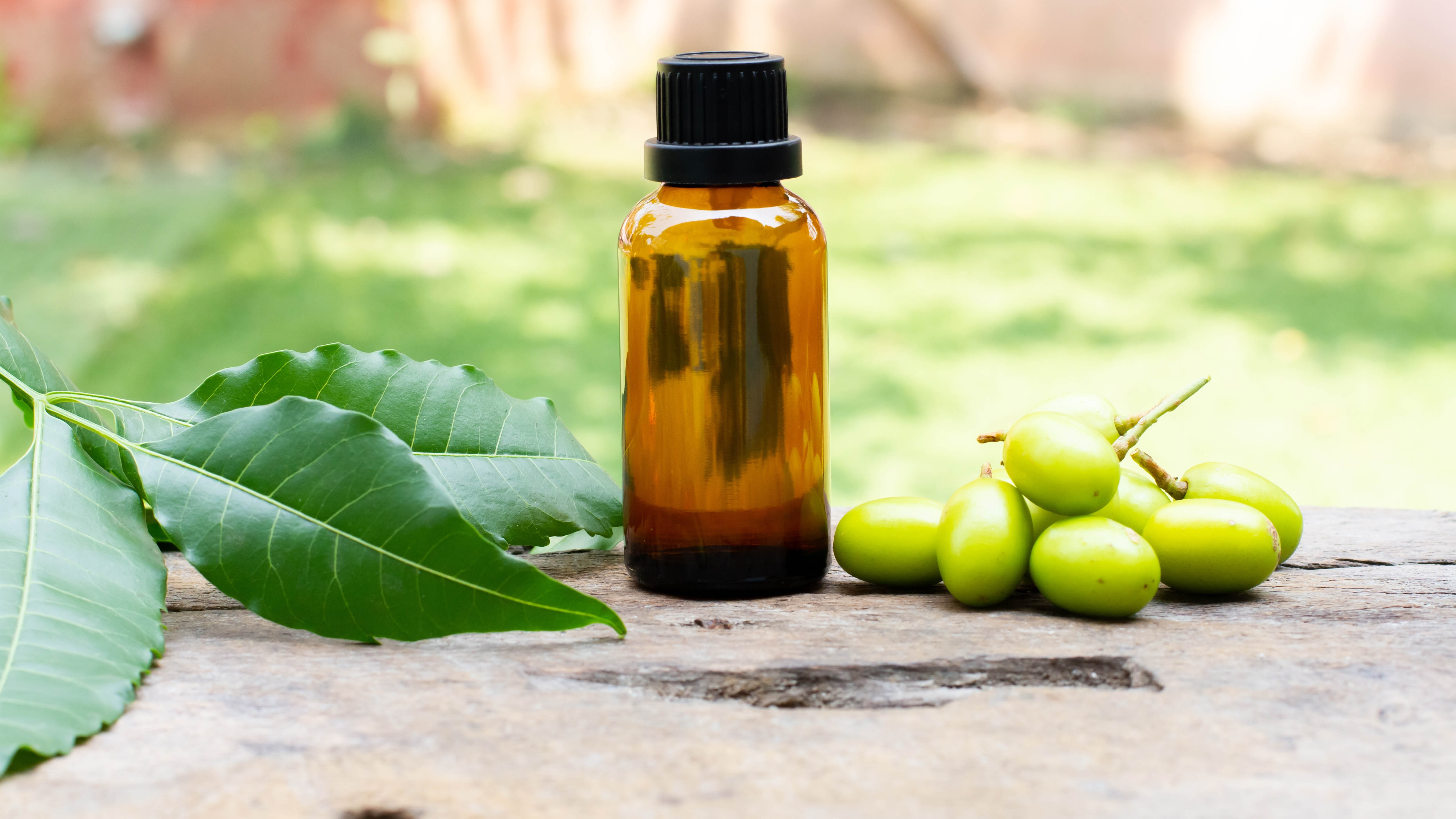
Neem oil is a natural by-product of the neem tree, and a plant-based insecticide often used as a fungicide. Similarly, you can create a neem oil solution to naturally get rid of aphids.
To make a solution, mix two to three teaspoons of neem oil and a few drops of dish soap with one cup of water into a clean spray bottle. Shake mixture well before spraying directly onto the infested leaves or stems, covering the aphids.
Generally, if you just want to prevent your plants from pests, you can spray the neem oil every seven to 14 days, until there are no signs of aphids. It typically takes around three to five days to kill most bugs.
5. Try an essential oil blend
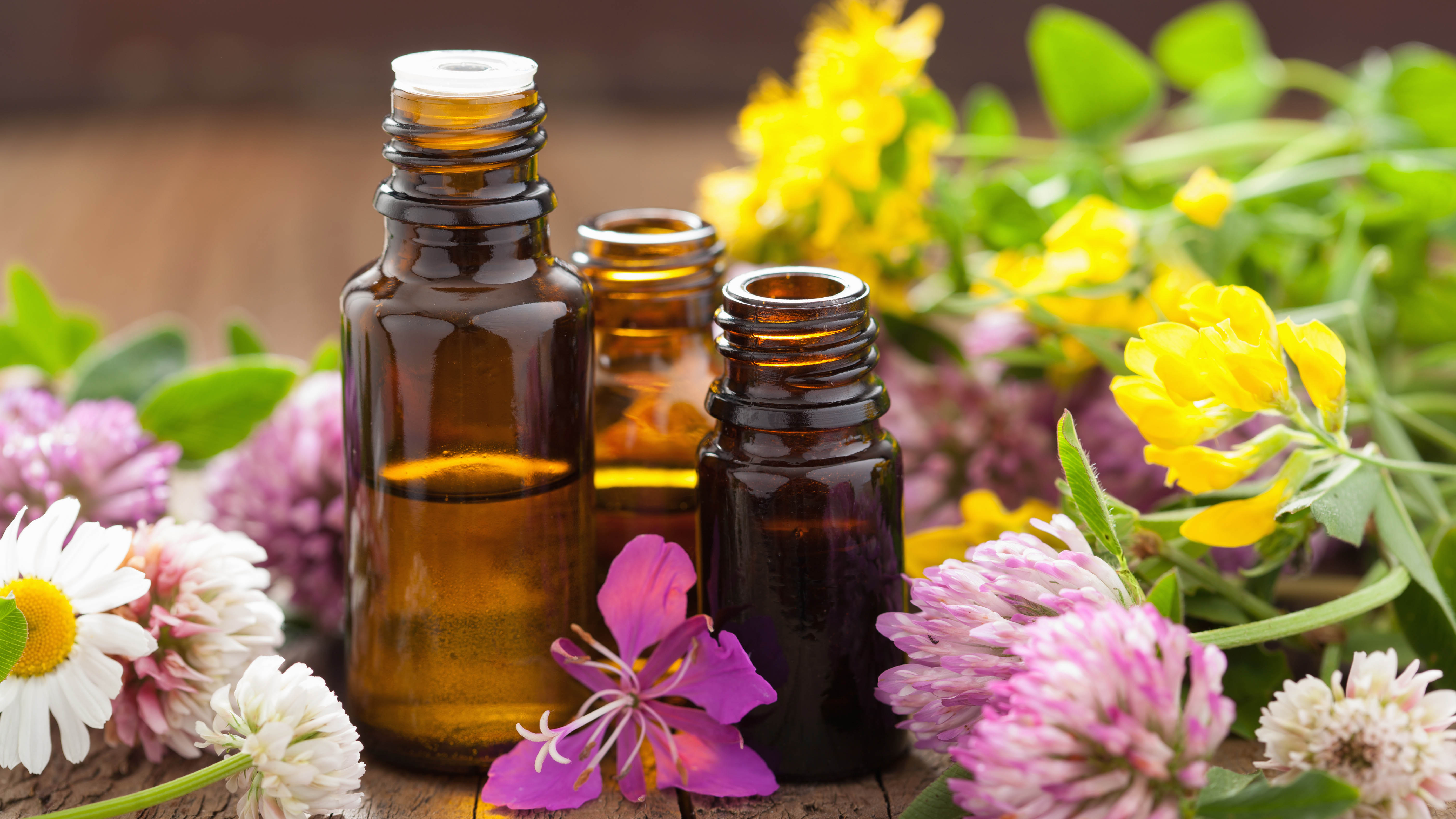
While we enjoy the pleasant scents of essential oils, such smells are repulsive to aphids and other pests! Dilute 4-5 drops of rosemary, clove, cedar, lavender, or peppermint oil to a spray bottle filled with water, before spraying over affected plants. This will kill aphids and also target larvae and aphid eggs.
Lavender essential oil in particular is effective for repelling aphids, ants, fleas and beetles. Bear in mind to always dilute essential oils as this will burn your leaves if used in isolation.
In any case, this makes a great non-toxic repellent and will make your yard smell fragrant too.
6. Encourage beneficial insects
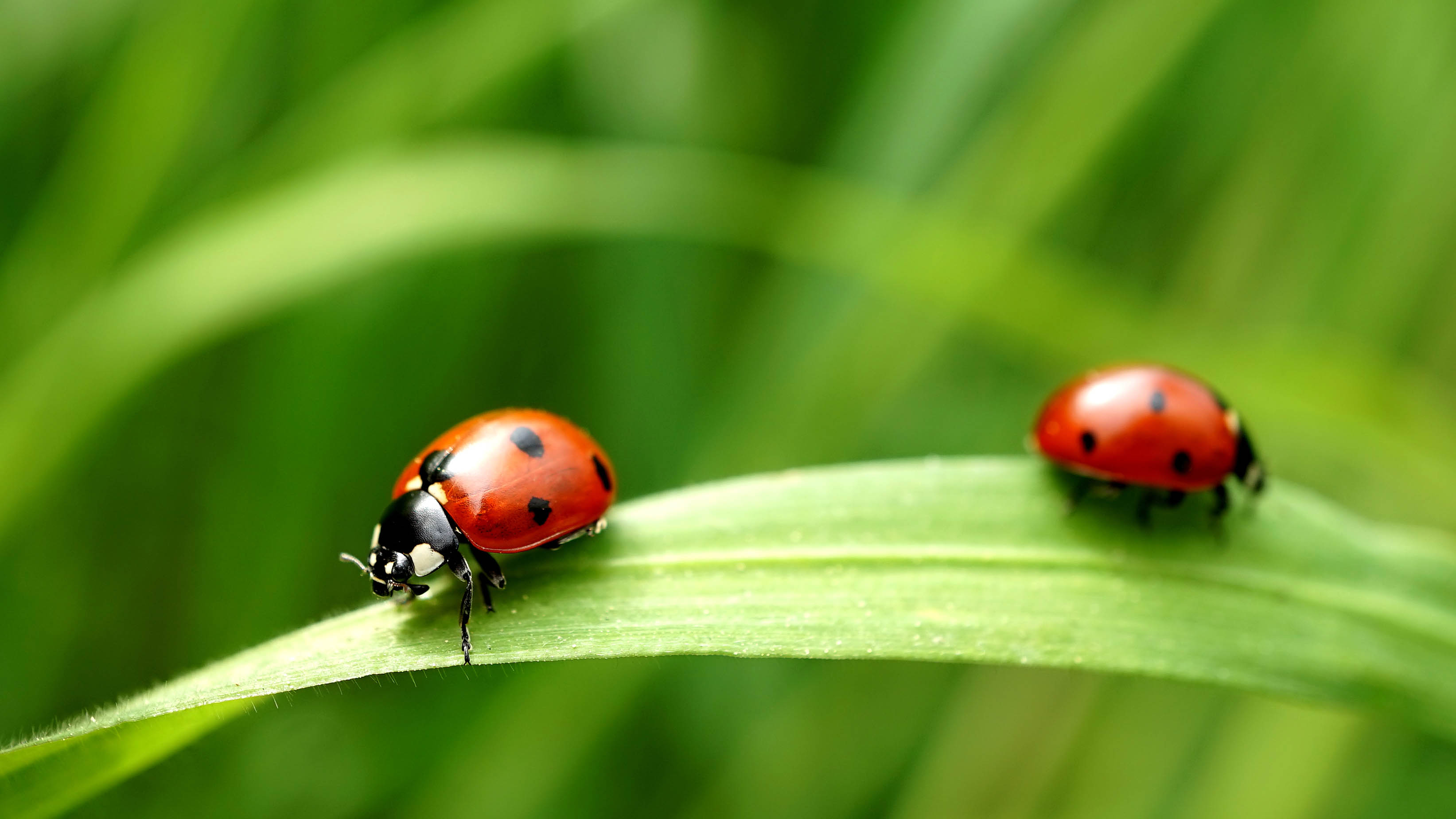
Natural predators are another great way of repelling aphids. Insects such as ladybugs, hoverflies, damsel bugs and green lacewings usually prey on aphids. In fact, ladybugs in particular often feed on large numbers of aphids, which can prove beneficial.
You can attract these insects by placing a variety of flowering plants that will supply all the pollen food and nectar that they need. Popular plants including geraniums, Sweet Alyssum, sunflower, and even parsley can all attract ladybugs to your yard. By encouraging these natural predators to your yard, this will reduce potential aphid populations. Just avoid using commercial insecticide sprays as this can also be harmful for beneficial insects that you need to help.
In addition, most species of birds are known to feed on aphids, so you can also encourage birds to your yard by adding a bird feeder like this Twinkle Star Wild Bird Feeder ($18, Amazon), that has a twist lock cover to keep the lid safely closed and seeds fresh.
It’s also worth noting that ladybugs can become a nuisance if you have a home invasion, in which case you’ll need to know how to get rid of ladybugs.
7. Deter them with plants
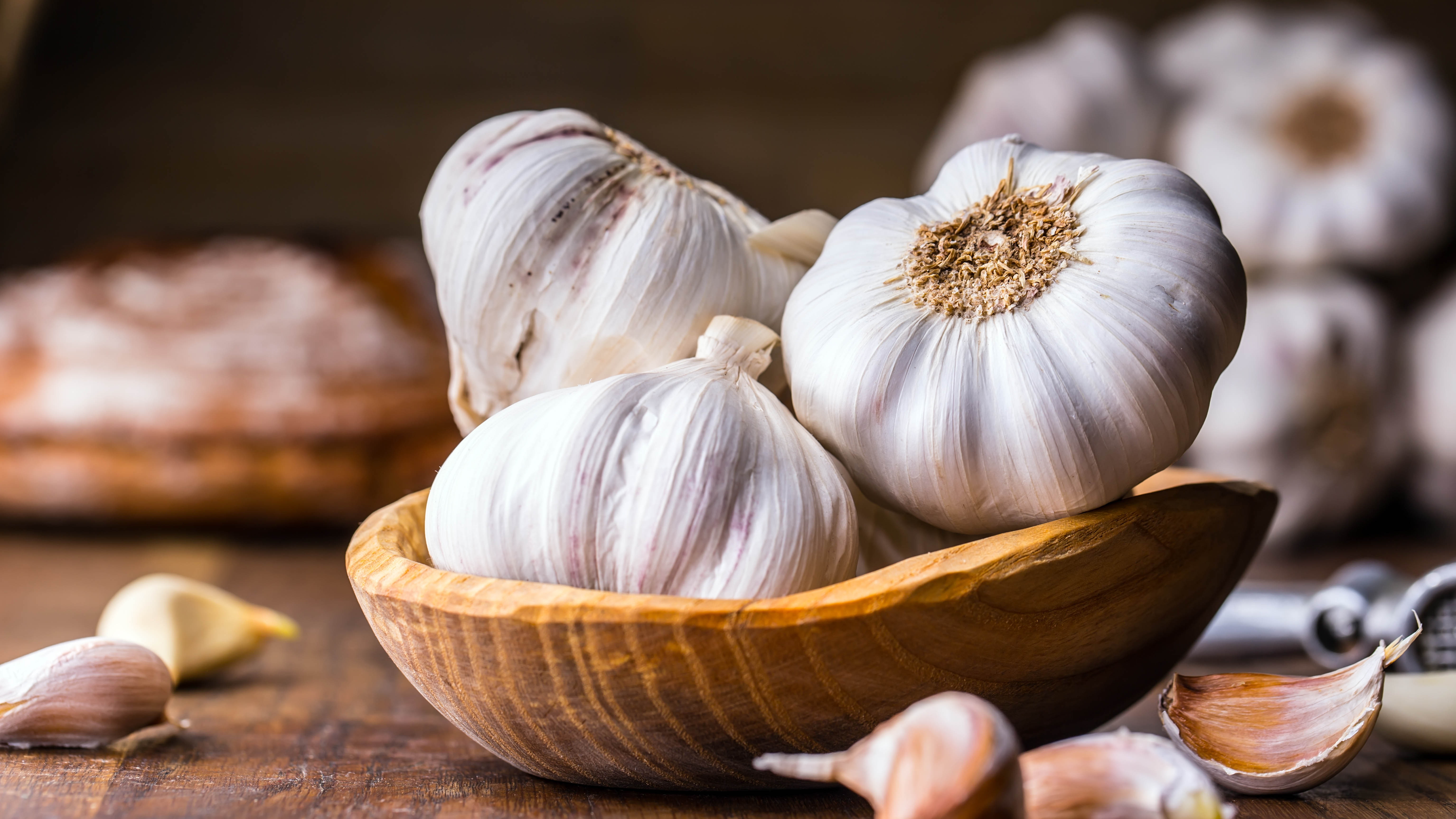
Like most pests, there are certain aromatic plants that will deter aphids. Similar to plants that repel flies, cats, and even snakes, strong-smelling plants such as onions, garlic, oregano or sage work well to repel aphids.
Typically, these smells are highly offensive to aphids, and they should quickly move on from those areas.
Alternatively, you can mix up a garlic spray repellent. Simply crush a head of garlic with one of the best garlic presses, and drop it into two cups of hot water. Let it sit overnight before spraying over plants. It might smell of garlic, but it’s a small price to pay to banish aphids once and for all.
More from Tom's Guide

As the Homes Content Editor, Cynthia Lawrence covers all things homes, interior decorating, and garden-related. She has a wealth of editorial experience testing the latest, ‘must-have’ home appliances, writing buying guides and the handy ‘how to’ features.
Her work has been published in various titles including, T3, Top Ten Reviews, Ideal Home, Real Homes, Livingetc. and House Beautiful, amongst many.
With a rather unhealthy obsession for all things homes and interiors, she also has an interior design blog for style inspiration and savvy storage solutions (get rid of that clutter!). When she’s not testing cool products, she’ll be searching online for more decor ideas to spruce up her family home or looking for a great bargain!
